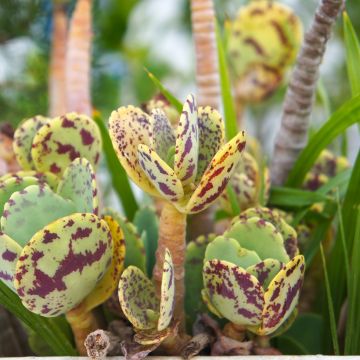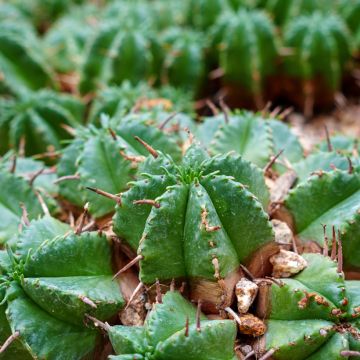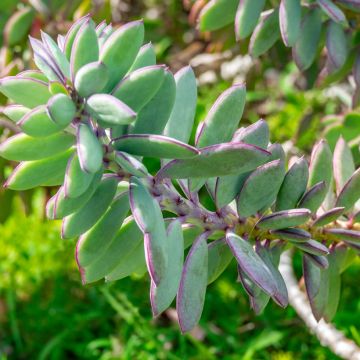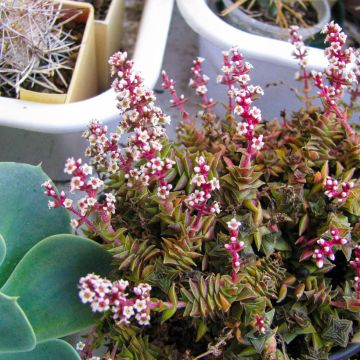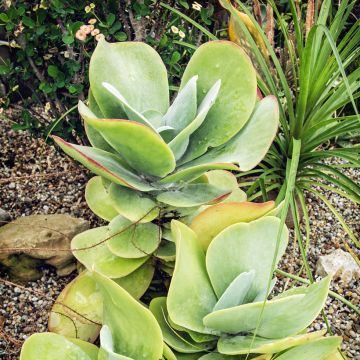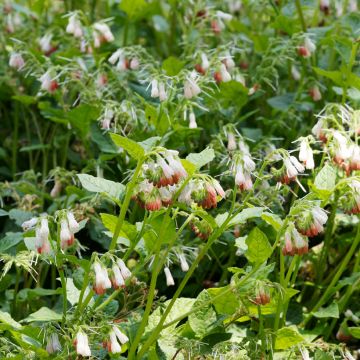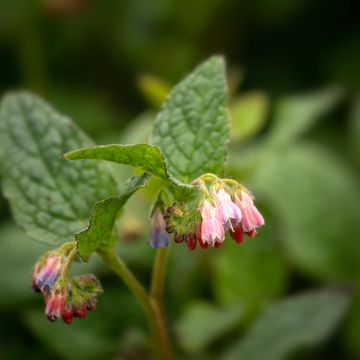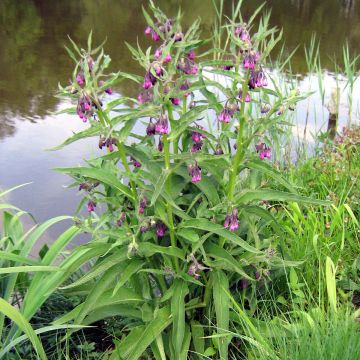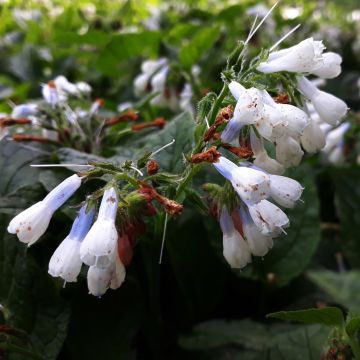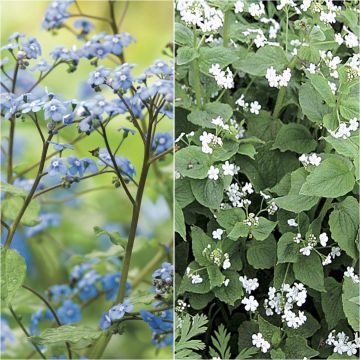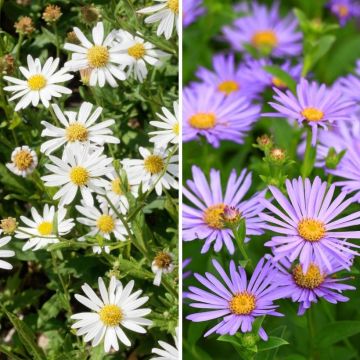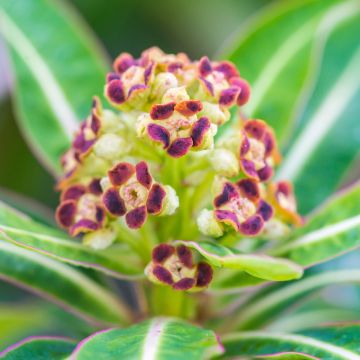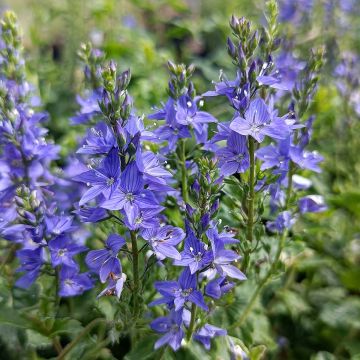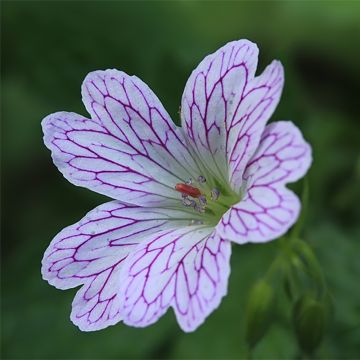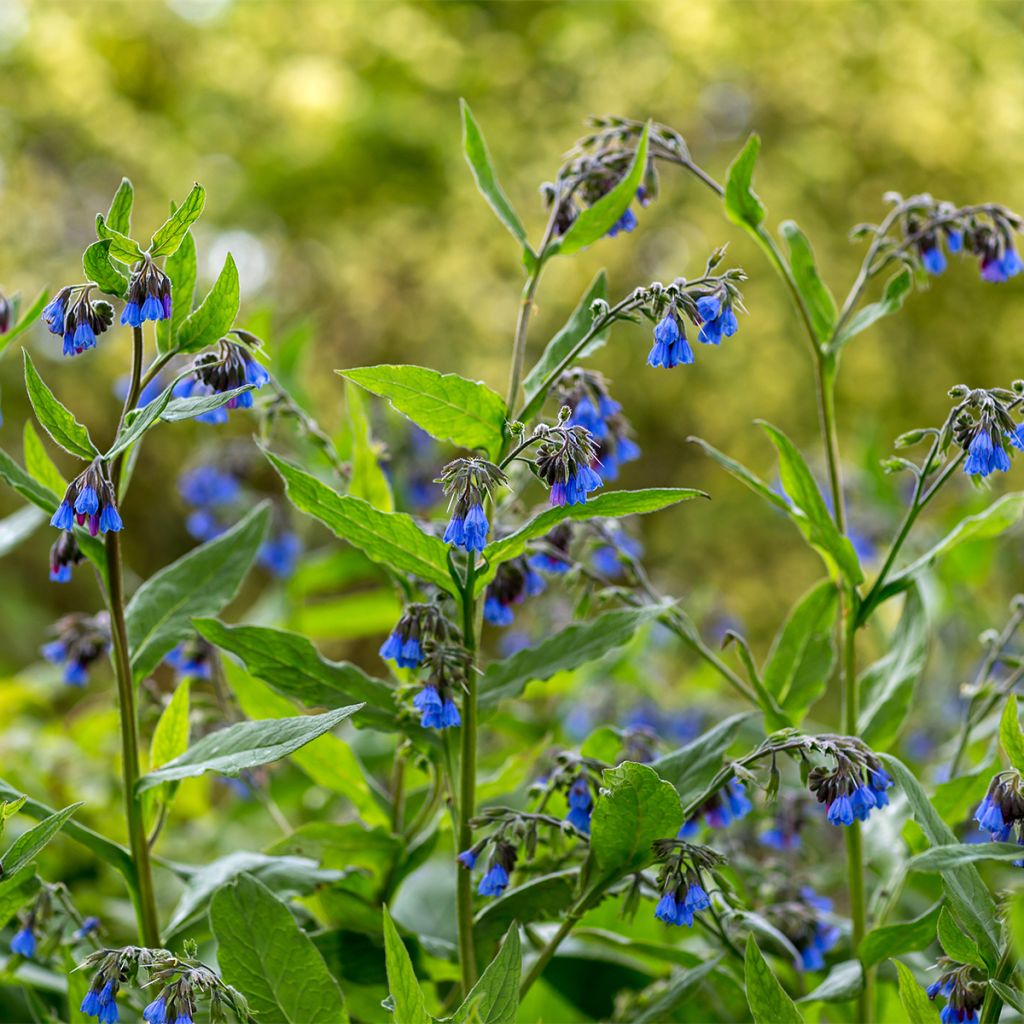

Consoude - Symphitum Bocking 14
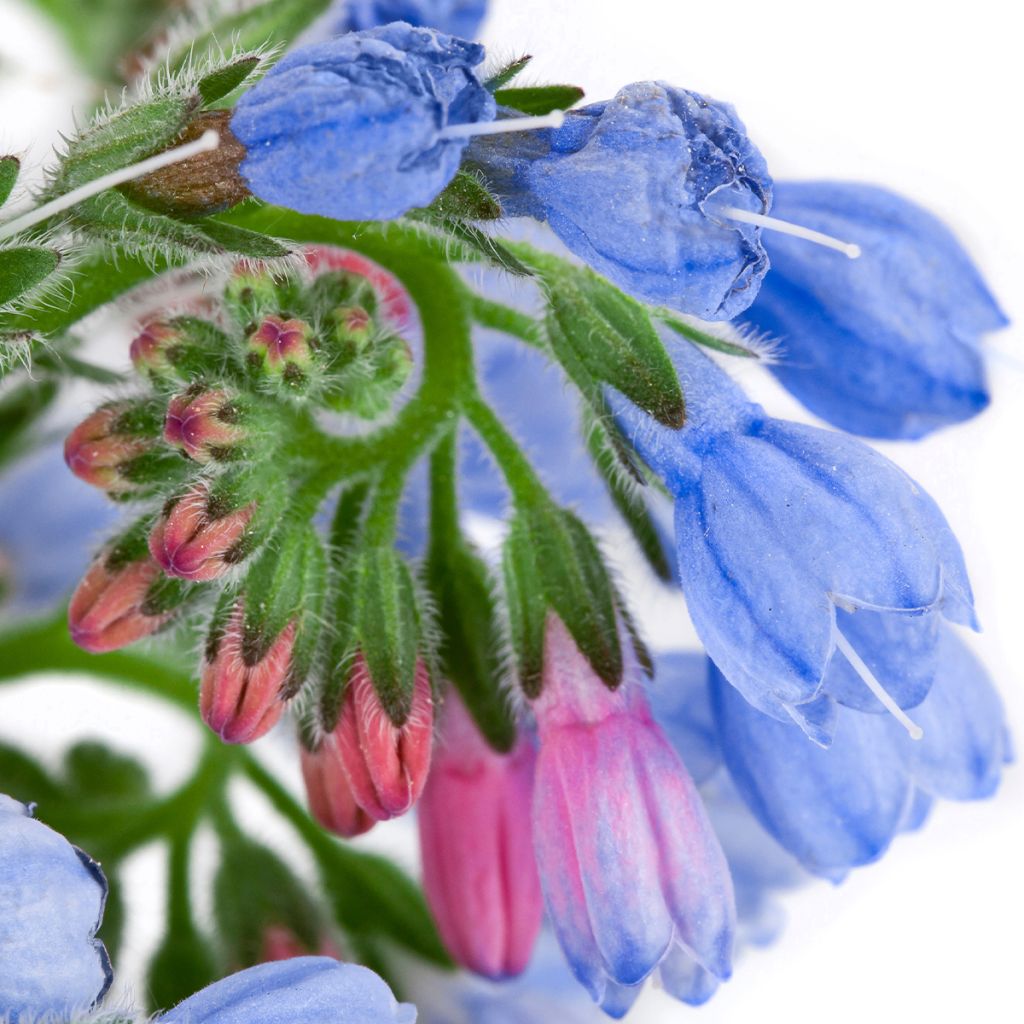

Consoude - Symphitum Bocking 14
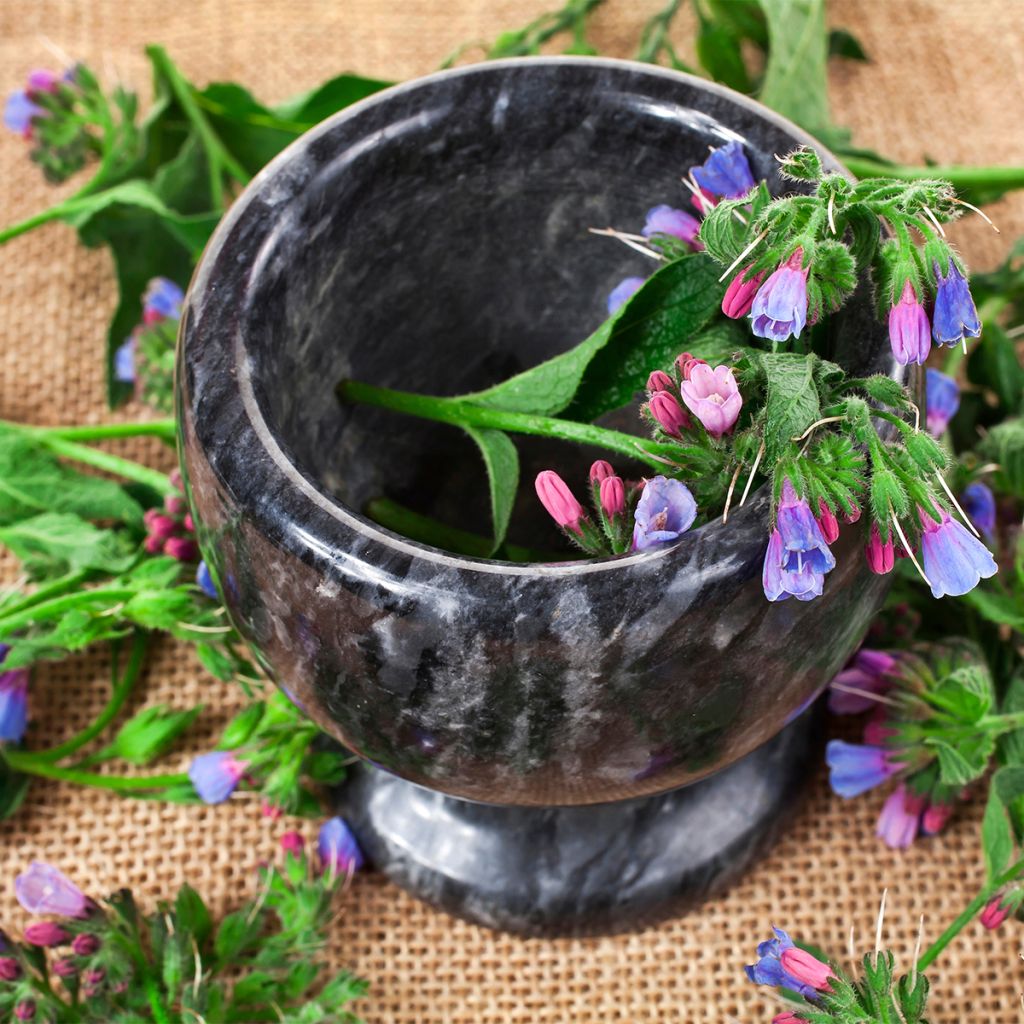

Consoude - Symphitum Bocking 14
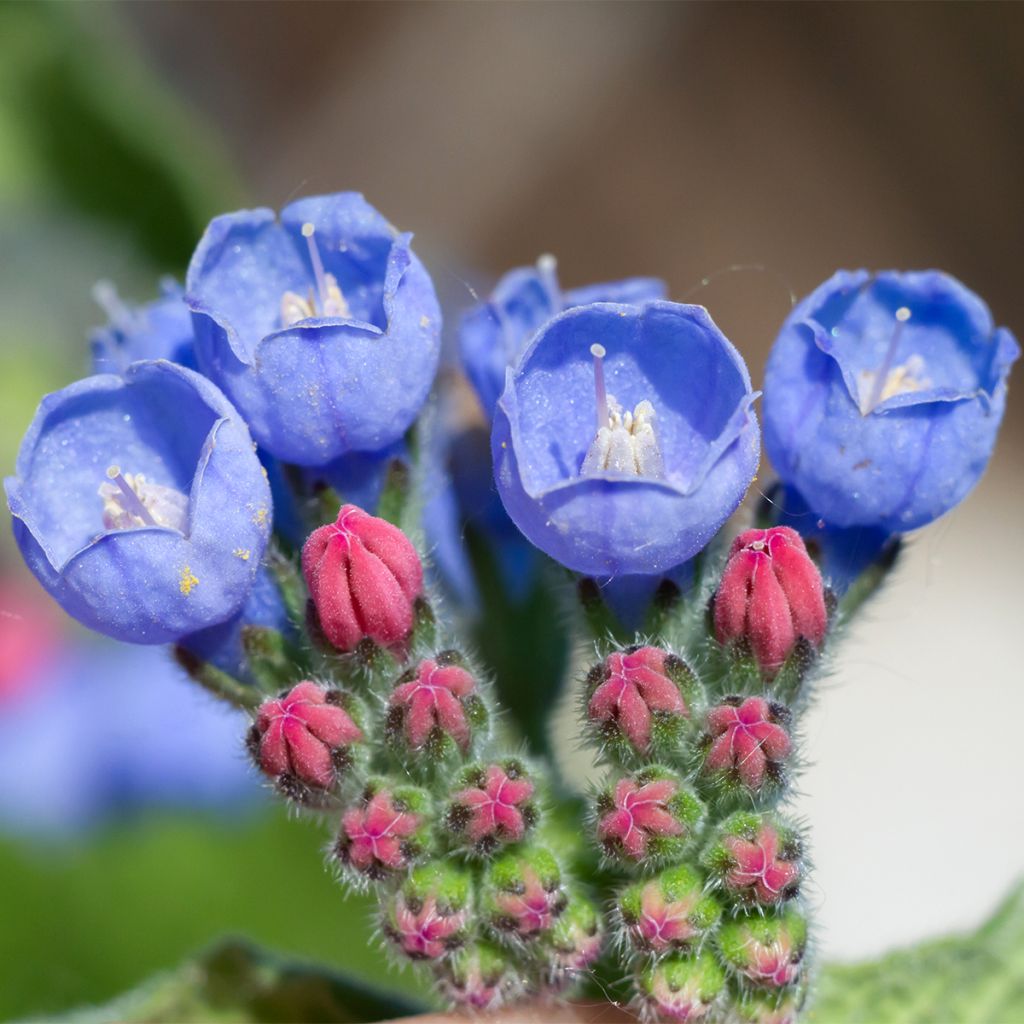

Consoude - Symphitum Bocking 14
Consoude - Symphytum Bocking 14
Symphytum asperum x officinale Bocking 14
Consoude hybride Bocking 14
Why not try an alternative variety in stock?
View all →This plant carries a 12 months recovery warranty
More information
We guarantee the quality of our plants for a full growing cycle, and will replace at our expense any plant that fails to recover under normal climatic and planting conditions.
From 7,90 € for pickup delivery and 6,90 € for home delivery
Express home delivery from 8,90 €.
Would this plant suit my garden?
Set up your Plantfit profile →
Description
The Symphytum 'Bocking 14' is a beautiful hybrid comfrey resulting from the spontaneous cross-breeding between the common comfrey, Symphytum officinale, and the rough comfrey Symphytum asperum. This variety is cultivated both for its lovely, long flowering period and for making a particularly nutrient-rich comfrey liquid fertiliser. It is a vibrant perennial plant with broad, pilous leaves that does not produce seeds but instead dedicates all its energy to abundant flowering from spring to summer. Its numerous flowers appear in a striking blue, further enhanced by their proximity to red and pink floral buds. A useful and decorative plant, ideal for the wilder corners of the garden, even in shaded areas.
The Bocking 14 comfrey belongs to the Boraginaceae family. It is a herbaceous perennial with a rhizomatous stump, whose growth begins in spring and dies back in winter. Highly hardy, it also tolerates moderate drought periods when grown in shade. The Bocking 14 is a sterile hybrid variety that will not self-seed in the garden. Its growth is rapid, forming clumps of leafy stems reaching an average height of 80 cm, sometimes much taller depending on growing conditions. The clump spreads over a diameter of at least 60 cm wide of ground. However, it is far less prone to producing suckers than other comfreys. It is entirely covered in iridescent, slightly prickly hairs. Its flowering is long and abundant, from April-May to July. Melliferous, it attracts numerous pollinating insects. At the tips of its slightly trailing stems, small clusters of campanulate flowers form, gradually transitioning from deep red to pink and then to bright, vivid blue. The vibrant light green leaves are oblong and lanceolate with prominent veins.
In the garden, the Bocking 14 comfrey is one of the least demanding plants: while it particularly enjoys humus-bearing, deep soil in partial or full shade, it will also thrive in full sun if the soil retains some moisture. It will adapt to any spot in the garden. It is ideal for naturalistic borders, woodland edges provided that its roots do not face too much competition. Pair it, for example, with the Trachystemon orientalis, Omphalodes verna, Siberian bugloss (Brunnera), hydrangeas, or other natural perennials like columbine, wild garlic, or bellflower.
You can make your own potassium-rich comfrey liquid fertiliser by steeping leafy stems in a non-metallic container with a lid. Use 1 kg of comfrey per 10 litres of water, let it steep for 15 days in summer until no more bubbles are forming, stirring regularly once or twice a week. Dilute the mix before use in the garden, at a ratio of 1 litre of the mixture to 10 litres of water. An excellent fertiliser and effective bio-stimulant, comfrey liquid fertiliser also accelerates compost decomposition.
Comfrey derives its vernacular name from its ability to aid bone healing and wound recovery. It is used in many fields, such as organic farming as a 'green' fertiliser, a fortifying plant for animals, and in medicine, notably due to its richness in vitamin B12.
Report an error about the product description
Consoude - Symphytum Bocking 14 in pictures
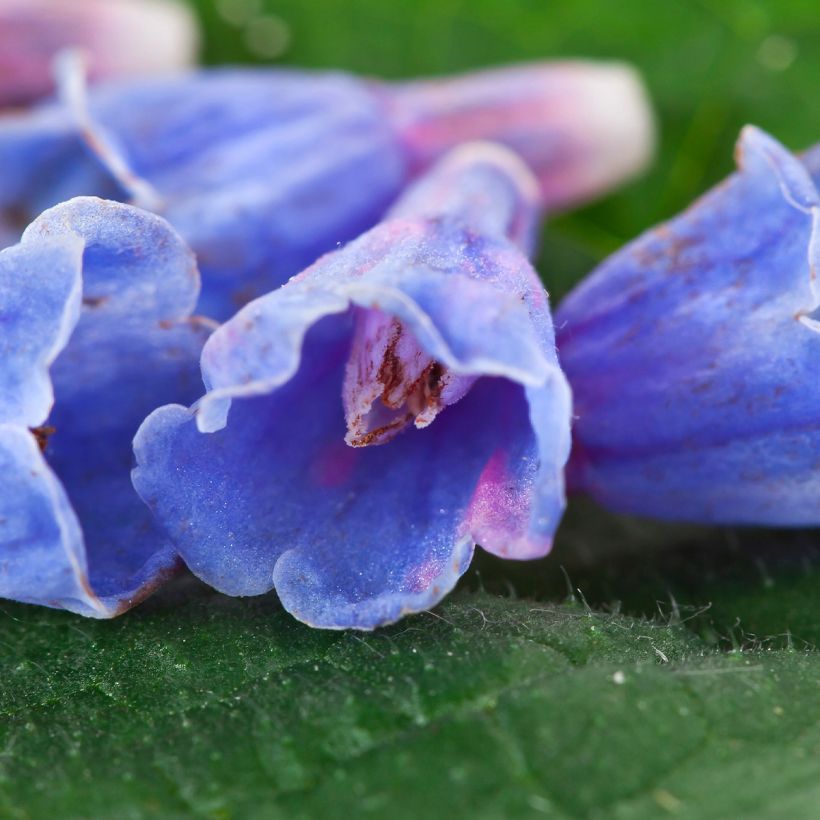

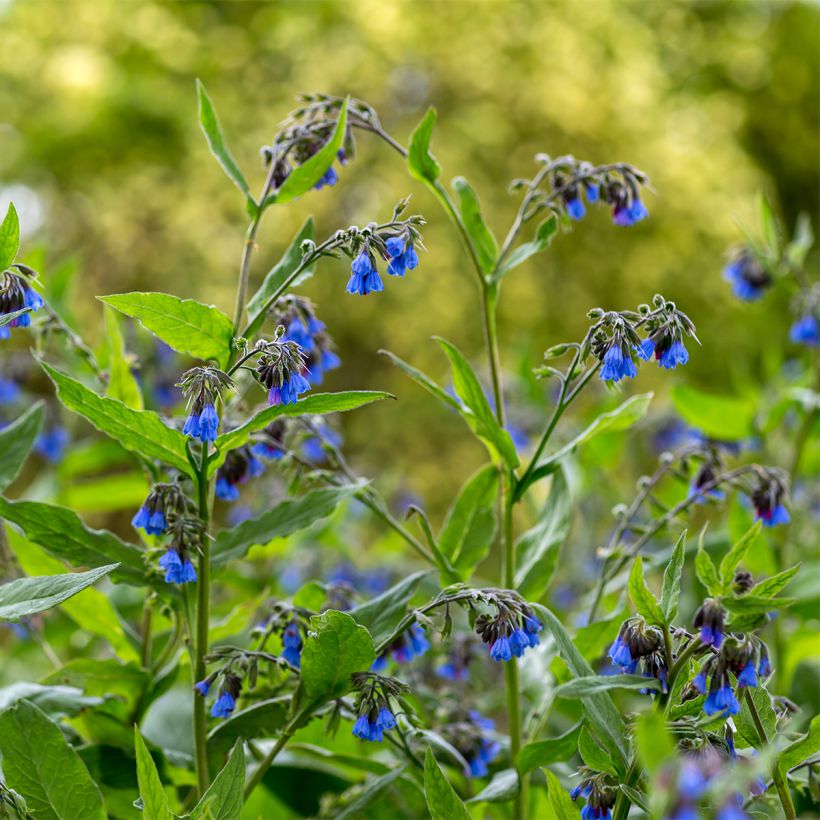

Flowering
Foliage
Plant habit
Botanical data
Symphytum
asperum x officinale
Bocking 14
Boraginaceae
Consoude hybride Bocking 14
Cultivar or hybrid
Other Symphytum - Comfrey
View all →Planting and care
Plant the Symphytum Bocking 14 in any deep, well-loosened garden soil. Place it in full sun (in soil that remains cool to moist in summer) or in partial shade, even in full shade. Shelter it from harsh sunlight and ensure to avoid competition from the roots of other plants. The Symphytum has no issues requiring any treatment; it is a plant that is perfectly hardy and will tolerate punctate dry spells if grown in shade.
Planting period
Intended location
Care
This item has not been reviewed yet - be the first to leave a review about it.
Similar products
Haven't found what you were looking for?
Hardiness is the lowest winter temperature a plant can endure without suffering serious damage or even dying. However, hardiness is affected by location (a sheltered area, such as a patio), protection (winter cover) and soil type (hardiness is improved by well-drained soil).

Photo Sharing Terms & Conditions
In order to encourage gardeners to interact and share their experiences, Promesse de fleurs offers various media enabling content to be uploaded onto its Site - in particular via the ‘Photo sharing’ module.
The User agrees to refrain from:
- Posting any content that is illegal, prejudicial, insulting, racist, inciteful to hatred, revisionist, contrary to public decency, that infringes on privacy or on the privacy rights of third parties, in particular the publicity rights of persons and goods, intellectual property rights, or the right to privacy.
- Submitting content on behalf of a third party;
- Impersonate the identity of a third party and/or publish any personal information about a third party;
In general, the User undertakes to refrain from any unethical behaviour.
All Content (in particular text, comments, files, images, photos, videos, creative works, etc.), which may be subject to property or intellectual property rights, image or other private rights, shall remain the property of the User, subject to the limited rights granted by the terms of the licence granted by Promesse de fleurs as stated below. Users are at liberty to publish or not to publish such Content on the Site, notably via the ‘Photo Sharing’ facility, and accept that this Content shall be made public and freely accessible, notably on the Internet.
Users further acknowledge, undertake to have ,and guarantee that they hold all necessary rights and permissions to publish such material on the Site, in particular with regard to the legislation in force pertaining to any privacy, property, intellectual property, image, or contractual rights, or rights of any other nature. By publishing such Content on the Site, Users acknowledge accepting full liability as publishers of the Content within the meaning of the law, and grant Promesse de fleurs, free of charge, an inclusive, worldwide licence for the said Content for the entire duration of its publication, including all reproduction, representation, up/downloading, displaying, performing, transmission, and storage rights.
Users also grant permission for their name to be linked to the Content and accept that this link may not always be made available.
By engaging in posting material, Users consent to their Content becoming automatically accessible on the Internet, in particular on other sites and/or blogs and/or web pages of the Promesse de fleurs site, including in particular social pages and the Promesse de fleurs catalogue.
Users may secure the removal of entrusted content free of charge by issuing a simple request via our contact form.
The flowering period indicated on our website applies to countries and regions located in USDA zone 8 (France, the United Kingdom, Ireland, the Netherlands, etc.)
It will vary according to where you live:
- In zones 9 to 10 (Italy, Spain, Greece, etc.), flowering will occur about 2 to 4 weeks earlier.
- In zones 6 to 7 (Germany, Poland, Slovenia, and lower mountainous regions), flowering will be delayed by 2 to 3 weeks.
- In zone 5 (Central Europe, Scandinavia), blooming will be delayed by 3 to 5 weeks.
In temperate climates, pruning of spring-flowering shrubs (forsythia, spireas, etc.) should be done just after flowering.
Pruning of summer-flowering shrubs (Indian Lilac, Perovskia, etc.) can be done in winter or spring.
In cold regions as well as with frost-sensitive plants, avoid pruning too early when severe frosts may still occur.
The planting period indicated on our website applies to countries and regions located in USDA zone 8 (France, United Kingdom, Ireland, Netherlands).
It will vary according to where you live:
- In Mediterranean zones (Marseille, Madrid, Milan, etc.), autumn and winter are the best planting periods.
- In continental zones (Strasbourg, Munich, Vienna, etc.), delay planting by 2 to 3 weeks in spring and bring it forward by 2 to 4 weeks in autumn.
- In mountainous regions (the Alps, Pyrenees, Carpathians, etc.), it is best to plant in late spring (May-June) or late summer (August-September).
The harvesting period indicated on our website applies to countries and regions in USDA zone 8 (France, England, Ireland, the Netherlands).
In colder areas (Scandinavia, Poland, Austria...) fruit and vegetable harvests are likely to be delayed by 3-4 weeks.
In warmer areas (Italy, Spain, Greece, etc.), harvesting will probably take place earlier, depending on weather conditions.
The sowing periods indicated on our website apply to countries and regions within USDA Zone 8 (France, UK, Ireland, Netherlands).
In colder areas (Scandinavia, Poland, Austria...), delay any outdoor sowing by 3-4 weeks, or sow under glass.
In warmer climes (Italy, Spain, Greece, etc.), bring outdoor sowing forward by a few weeks.



































